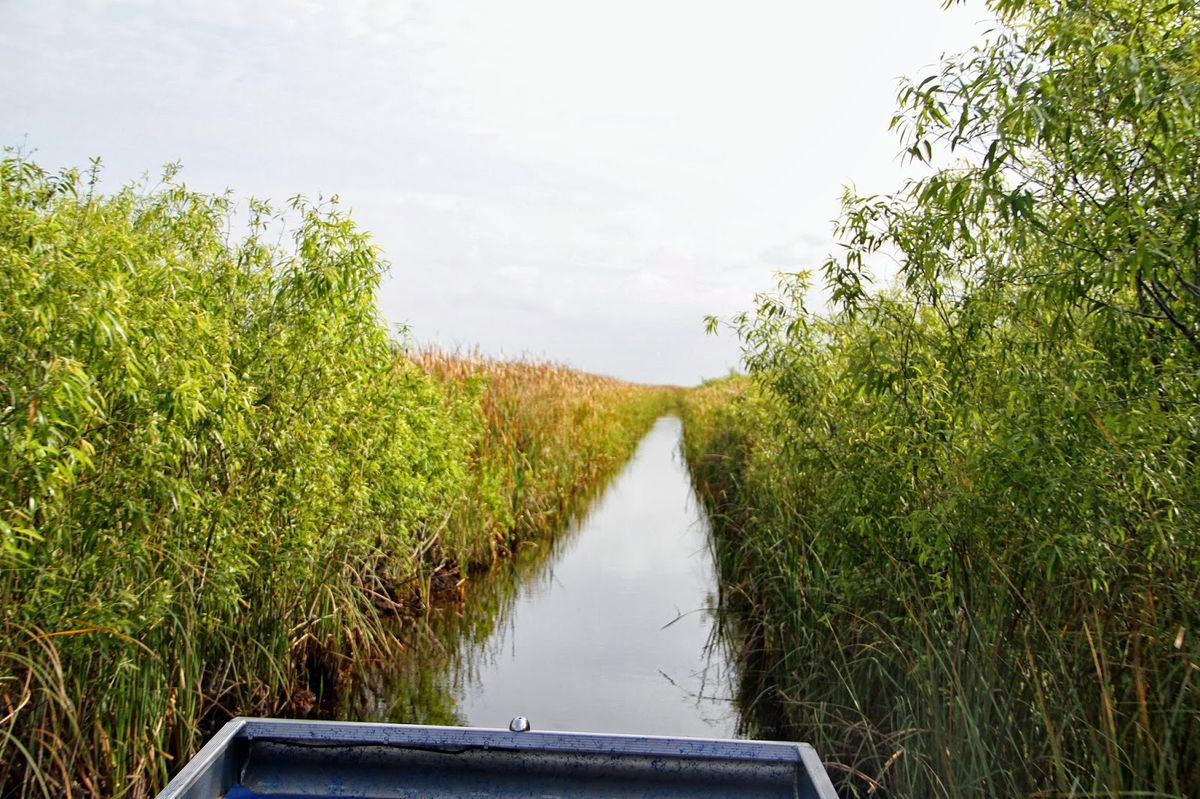Secrets Of Florida’s Ancient Canals

Have you ever wondered about the hidden history beneath Florida's sunny beaches? Florida's ancient canals hold secrets that date back thousands of years. These waterways, crafted by indigenous people, reveal a sophisticated understanding of engineering and environment. Imagine paddling through channels that once served as highways for trade and travel. These ancient canals are not just relics; they are a testament to human ingenuity. As you explore these historic sites, you'll gain a deeper appreciation for the rich cultural heritage of the Sunshine State. Ready to dive into the past? Let's uncover the mysteries of Florida's ancient canals.
Discovering Florida's Ancient Canals
Florida's ancient canals are hidden gems waiting to be explored. These waterways, carved by early inhabitants, offer a glimpse into the past. Let's dive into some of the most fascinating ancient canals in Florida.
1. Miami Circle
Located in downtown Miami, the Miami Circle is a prehistoric archaeological site. This circular formation of holes was discovered in 1998 and is believed to be part of a larger canal system used by the Tequesta people.
2. Pine Island Canal
Pine Island Canal, situated in Lee County, is one of the longest ancient canals in Florida. It stretches over four miles and was constructed by the Calusa people. This canal connected Pine Island to the mainland, facilitating trade and transportation.
3. Ortona Canal
The Ortona Canal, located near Lake Okeechobee, is another marvel of ancient engineering. Built by the Belle Glade culture, this canal system was used for irrigation and transportation. The canal's remnants can still be seen today, offering a glimpse into the ingenuity of Florida's early inhabitants.
4. Canoe Creek Canal
Canoe Creek Canal, found in Osceola County, is a lesser-known but equally fascinating ancient canal. This waterway was used by the Ais people for transportation and fishing. The canal's remains are a testament to the resourcefulness of Florida's indigenous cultures.
5. Fort Center Canal
Fort Center Canal, located in Glades County, is part of a larger archaeological site known as Fort Center. This canal system was used by the Belle Glade culture for irrigation and transportation. The site also features mounds and other structures, providing a comprehensive look at ancient life in Florida.
6. Turner River Canal
Turner River Canal, situated in the Big Cypress National Preserve, is an ancient waterway used by the Calusa people. This canal connected the Turner River to the Gulf of Mexico, facilitating trade and travel. The canal's remnants can still be explored today, offering a unique glimpse into Florida's past.
7. Ten Thousand Islands Canal
The Ten Thousand Islands Canal, located in Collier County, is a network of ancient waterways used by the Calusa people. These canals connected the islands to the mainland, allowing for efficient transportation and trade. The canal system is a testament to the ingenuity and resourcefulness of Florida's early inhabitants.
8. Crystal River Canal
Crystal River Canal, found in Citrus County, is part of the Crystal River Archaeological State Park. This ancient canal system was used by the pre-Columbian people for transportation and trade. The park also features burial mounds and other structures, providing a comprehensive look at the area's history.
9. Mound Key Canal
Mound Key Canal, located in Estero Bay, is an ancient waterway used by the Calusa people. This canal connected Mound Key to the mainland, facilitating trade and transportation. The canal's remnants can still be seen today, offering a glimpse into the ingenuity of Florida's early inhabitants.
10. Shell Mound Canal
Shell Mound Canal, situated in Cedar Key, is part of the Shell Mound Archaeological Site. This ancient canal system was used by the pre-Columbian people for transportation and trade. The site also features shell mounds and other structures, providing a comprehensive look at the area's history.
Florida's Ancient Canals: A Glimpse into the Past
Florida's ancient canals offer a unique look into the engineering skills of early Native American cultures. These waterways, built with simple tools, show how communities adapted to their environment. They used the canals for transportation, fishing, and trade, making life easier and more efficient.
Visiting these sites today provides a chance to connect with history. You can see the ingenuity and hard work that went into creating these structures. It's a reminder of the resourcefulness of people who lived long before modern technology.
Exploring these ancient canals not only enriches our understanding of the past but also highlights the importance of preserving such historical treasures. They are a testament to human innovation and resilience, offering valuable lessons for future generations. So next time you're in Florida, take some time to appreciate these remarkable feats of ancient engineering.

